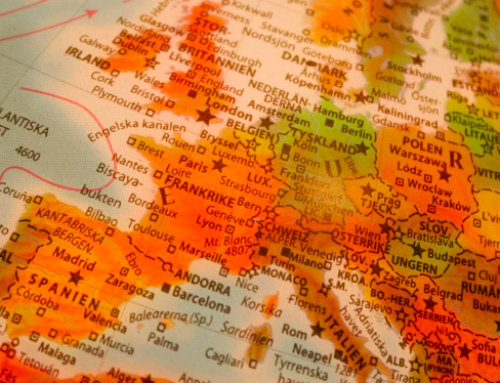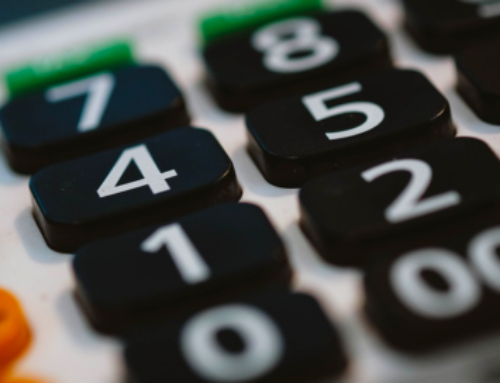Do you work hard every single day but still don’t feel like your finances reflect your grind? You’re not alone. Most of us invest a significant amount of time, money and effort on getting a job but we pay very little attention to managing the money we make once we have that job. And having a solid plan for your money is often more important than how much you are making.
I’ve worked with young professionals who are making six figures but are drowning in credit card debt. I’ve also worked with clients who are earning a very modest salary yet have a fully-stocked emergency fund, are debt-free and are investing for retirement and other goals. So why doesn’t more income translate to a better financial situation? The most common difference between these two types of people is practical education.
Overall, people want to make good financial decisions that set them up for success both today and in the future, but most never had the opportunity to learn how to do it. Case in point: two-thirds of American adults can’t pass a basic financial literacy test. Financial literacy is such a major social issue that our government has designated the month of April as National Financial Literacy Month for more than a decade. But just how bad is financial literacy in our country? Here are four alarming stats that could be drastically improved with the right education.
1) 44% of Americans don’t have enough cash to cover a $400 emergency.
The median out-of-pocket cost for an unexpected medical expense is $1,000 which means nearly half of our country is just one accident away from being hit with a bill they can’t afford to pay. But what about a major setback like getting fired?
The loss of a job would be devastating to anyone with less than $400 in the bank. The U.S. unemployment rate may be at a 17-year low, but this strong job market won’t last forever. Understanding how crucial it is to have an Emergency Fund could not only decrease the amount of credit card debt we see in this country but could even reduce homelessness.
2) 43% of student loan borrowers are not making payments.
As a nation, we are more educated than ever before. Master’s degrees are as common today as Bachelor’s degrees were in the 1960s. But it’s no secret that education is more expensive than ever or that graduates are struggling to pay back their loans.
Tuition at public four-year institutions has increased by 213% in the past 30 years and nearly half of the 22 million Americans with federal student loans are either behind on payments or received permission to postpone payments due to economic hardship. Students need a better understanding of what repayment plans look like after graduation so they can make educated decisions about the degrees they are seeking.




